Name Agustin Barrios | Role Guitarist | |
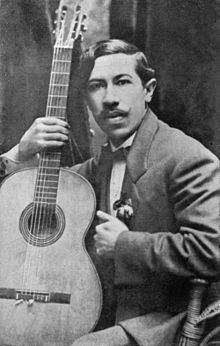 | ||
Parents Martina Ferreira, Doroteo Barrios Albums The Great Paraguayan (From the, Music of Barrios, Intimate Barrios, Guitar Music - Vol 1, Barrios Mangore: Confesion | ||
Santo de la guitarra la historia fantastica de agustin barrios mangore
Agustín Pío Barrios (also known as Agustín Barrios Mangoré and Nitsuga—Agustin spelled backwards—Mangoré; May 5, 1885 – August 7, 1944) was a Paraguayan virtuoso classical guitarist and composer, largely regarded as one of the greatest performers and most prolific composers for the guitar. His music remained undiscovered for over three decades after his death.
Contents
- Santo de la guitarra la historia fantastica de agustin barrios mangore
- Julia florida agustin barrios edson lopes guitar
- Birthplace
- Early life
- Career
- Later life and death
- Twelve Mangoreans
- Folk music
- Composer
- Discography
- Works
- Instruments
- References
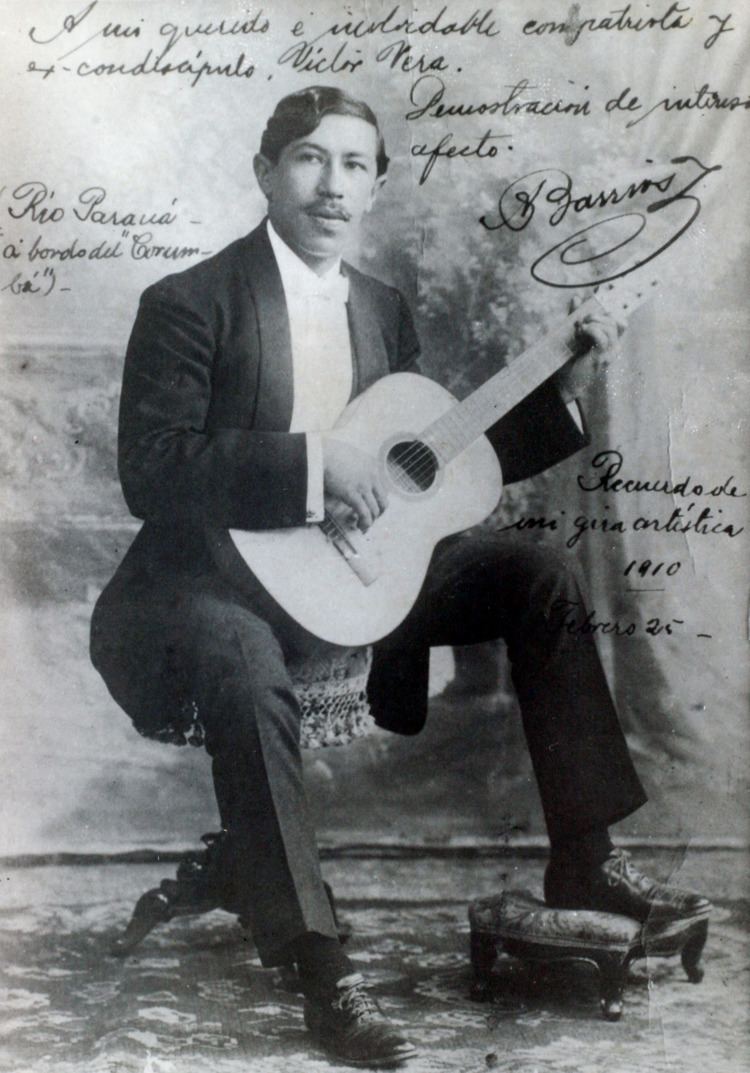
Julia florida agustin barrios edson lopes guitar
Birthplace

It has been generally accepted that Barrios was born in San Juan Bautista de las Misiones, Paraguay. However, there is no definitive proof of this as his baptismal document found in the book of registries in the cathedral in San Juan Bautista does not state his precise place of birth. Also, several biographers and authorities present convincing documented evidence that Barrios was born, instead, in the nearby town of Villa Florida, Misiones, situated on the Tebicuary River some 30 km north of San Juan Bautista.
Early life
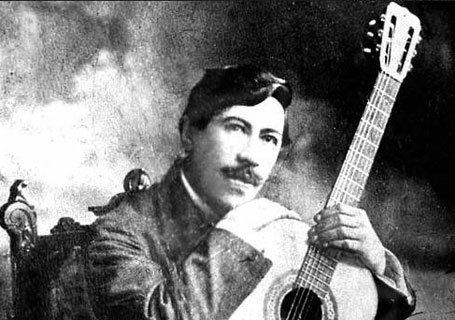
When he was a child, Barrios began to develop a love for music and literature, two areas that were very important to his family. Barrios would eventually speak two languages (Spanish and Guarani), and read three more (English, French and German).
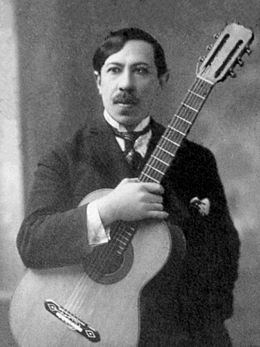
Barrios began to show an interest in musical instruments, particularly the guitar, before he reached his teens. He went to Asunción in 1901, at the age of fifteen, to attend a university (Universidad Nacional de Asunción) with a scholarship in music, thus becoming one of the youngest university students in Paraguayan history. Apart from his studies in the college's music department, Barrios was also well appreciated by members of the college's mathematics, journalism and literature departments.
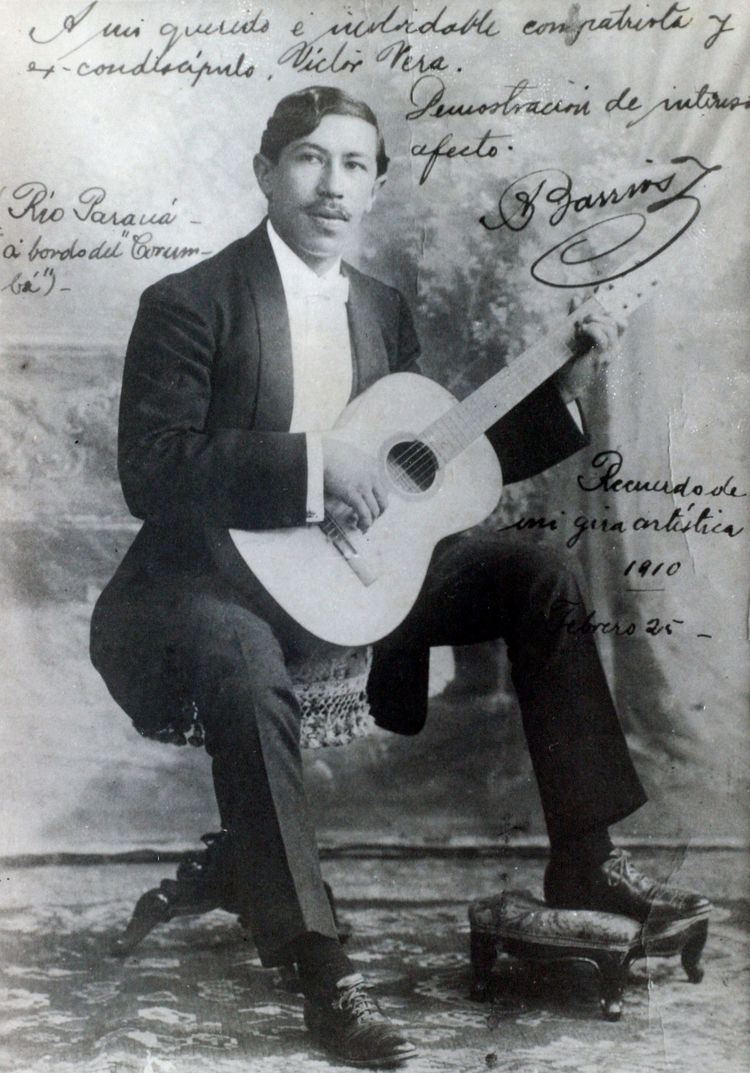
After leaving college, Barrios dedicated his life to music and writing poems. He composed more than 300 songs for which he would first write the lyrics and then the guitar accompaniment. Barrios made several friends during his multiple trips across South America. He was known for giving his friends and fans signed copies of his poems. Because of that, there are several different versions of his poetical works which have surfaced across South America, other areas of Latin America and the United States. Many current collectors warn potential buyers to be careful when they come across a poem reportedly autographed by Barrios.
Career
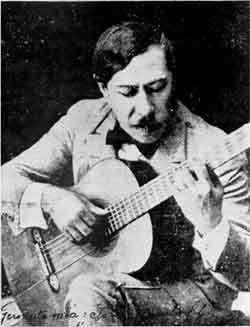
Barrios was famed for his phenomenal performances, both live and on gramophone recordings. Barrios has been credited as the first classical guitarist to make recordings, in 1909/10, but the earliest known recording were by guitarists Luis and Simon Ramirez, onto cylinders, for the "Viuda de Aramburo" label, in Madrid, between 1897 and 1901. Barrios at times performed in concert in traditional Paraguayan dress (he was partly of Guaraní origin), using the pseudonym of Nitsuga Mangoré ('Nitsuga' being Agustín spelled backwards, and 'Mangoré' being the name of a cacique of the South American indigenous group Timbú).
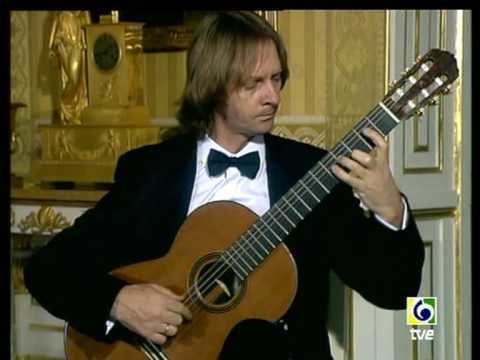
His works were largely late-Romantic in character, despite his having lived well into the twentieth century. Many of them are also adaptations of, or are influenced by, South American and Central American folk music. Very many of them are of a virtuosic nature.
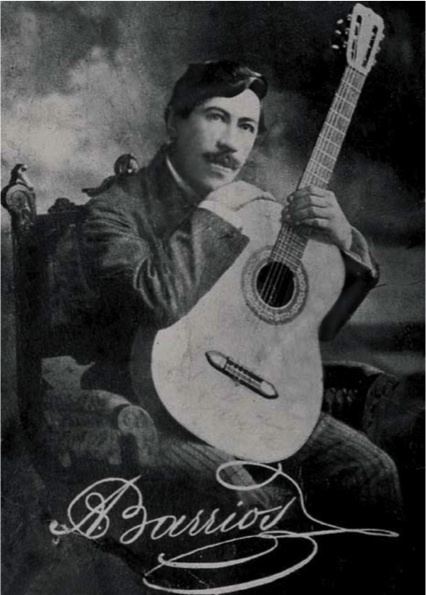
The Johann Sebastian Bach-inspired La Catedral, from 1921, is widely considered to be Barrios' magnum opus, even winning the approval of Andrés Segovia, who said "In 1921 in Buenos Aires, I played at the hall La Argentina noted for its good acoustics for guitar, where Barrios had concertized just weeks before me. He was presented to me by his secretary Elbio Trapani. At my invitation Barrios visited me at the hotel and played for me upon my very own guitar several of his compositions among which the one that really impressed me was a magnificent concert piece The Cathedral whose first movement is an andante, like an introduction and prelude, and a second very virtuosic piece which is ideal for the repertory of any concert guitarist. Barrios had promised to send me immediately a copy of the work (I had ten days remaining before continuing my journey) but I never received a copy." However, it equally possible that Segovia did receive the score and chose not to play it, either out of distaste for Barrios' folk-based music or professional jealousy (because Barrios was more of a composer than he was).
Later life and death
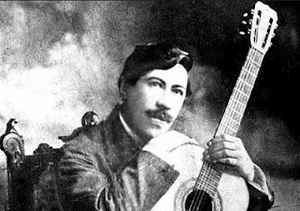
Barrios returned touring Europe in 1936 and performed in Venezuela, Haiti, Cuba, Costa Rica, Nicaragua, El Salvador and Guatemala. He would not fulfill his dream to reach the United States, as his partner Gloria's travel visa was denied.
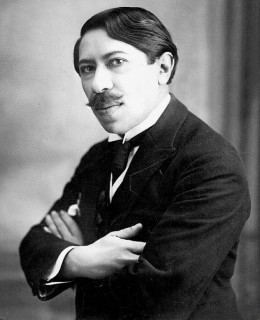
While in Mexico, he suffered a myocardial infarction and was strongly advised to limit touring to reduce stress. He accepted the invitation of Maximiliano Hernandez Martinez, then President of El Salvador, to move to El Salvador.
From 1939 onwards Barrios lived in San Salvador; after recovering, he accepted Hernandez Martinez appointment as Head of Classical Guitar at the National Conservatory.
He died on August 7, 1944.
Twelve "Mangoreans"
Barrios refused to teach during his career as active performer, only providing guitar instruction after arriving in El Salvador to twelve selected maestros, all of Salvadoran nationality.
They were known as the Twelve Mangoreans:
Luis Mario Samayoa ( -1969), Benjamín Cisneros ( -1987), Rubén Urquilla ( -1993), René Cortés-Andrino ( -1995), Mario Cardona Lazo ( -1999), Jesús Quiroa ( -2001), Jose Cándido Morales ( -2002), Julio Cortés-Andrino ( -2006), Cecilio Orellana ( -2007), Roberto Bracamontes ( -2007), Víctor Urrutia ( -2010) and Elena Valdivieso.
Jose Cándido Morales was the only to learn from Barrios as live-in student. After Barrios' death, Morales remained the gatekeeper of Barrios' legacy, technique and late works.
Folk music
The folk music of Paraguay (including the polca paraguaya and vals) provided the young Barrios with his first introduction to music. In 1898, Barrios was formally introduced to the classical guitar repertoire by Gustavo Sosa Escalada. At that time, Barrios had already composed works for the guitar, and also performed pieces written by his former teacher Alias, such as La Chinita and La Perezosa. Under the influence of his new teacher, Barrios went on to perform and study the works of Tárrega, Vinas, Sor and Aguado. Sosa Escalada was so impressed with his new pupil that he convinced Barrios's parents to let him move to Asunción to continue his education. Having already surpassed the technical and performing abilities of most guitarists, Barrios began seriously to compose around 1905.
Among the folkloric influences, Barrios is known to have played such popular Paraguayan works as "Campamento Cerro León", "Londón Carapé", "Guyrá campana", "Mamá Cumandá". As an example, "Guyrá campana" is very interesting, since some of the material can be heard in parts of Barrios' recording of "Caazapá — Aire Popular Paraguayo"... Though "Guyrá campana" is traditional music, many maintain that it is very closely related to guitarist Carlos Talavera 1 (from Caazapá), whom Barrios knew. There are various versions of "Guyrá campana" (it is also known as "Pájaro campana") e.g. for Paraguayan harp (Félix Pérez Cardozo), etc.; and in some versions, the birdsong imitations can be very clearly heard.
Composer
Barrios's compositions can be divided into three basic categories: folkloric, imitative and religious. Barrios paid tribute to the music and people of his native land by composing pieces modeled after folk songs from South America and Central America. Imitating the compositional style and techniques of the Baroque and Romantic periods was another side to his craftsmanship. "La Catedral" may be viewed as Barrios' tribute to Bach. It is believed that "La Catedral" was inspired by a religious experience for Barrios; therefore, the piece may also be categorized under religion. Religious beliefs and experiences also played an important role in Barrios' compositional process. Una Limosna por el Amor de Dios (Alms for the Love of God) is another example of a religiously-inspired work. Breaking down the works of Barrios into these three categories helps the guitar enthusiast to understand Barrios's musical intent.
Discography
Works
Over 300 of Barrios' compositions survive. He is still revered in El Salvador, Paraguay and Latin America to this day, where he is seen as one of the greatest musicians of all time by many. John Williams, former student of Andres Segovia, said of Barrios: "As a guitarist/composer, Barrios is the best of the lot, regardless of era. His music is better formed, it's more poetic, it's more everything! And it's more of all those things in a timeless way."
Outstanding pieces in his repertoire include:
He also wrote a couple of poems:
Complete works : Zen On, Editions Castelle
Instruments
While in Paraguay, Barrios had access only to instruments of limited quality. However, soon after his arrival in Buenos Aires in 1910, he was exposed to, and played, the finest instruments of his time for the remainder of his career. Normally Barrios traveled with two guitars, and had several modified with the addition of a 20th fret. He is documented by photograph to have played the instruments of Spanish makers José Ramírez I, Enrique García, Francisco Simplicio, Domingo Esteso, Enrique Sanfeliu and Ricardo Sanchis Nacher, Brazilian maker Di Giorgio, and in print by Uruguayan maker Rodolfo Camacho.
